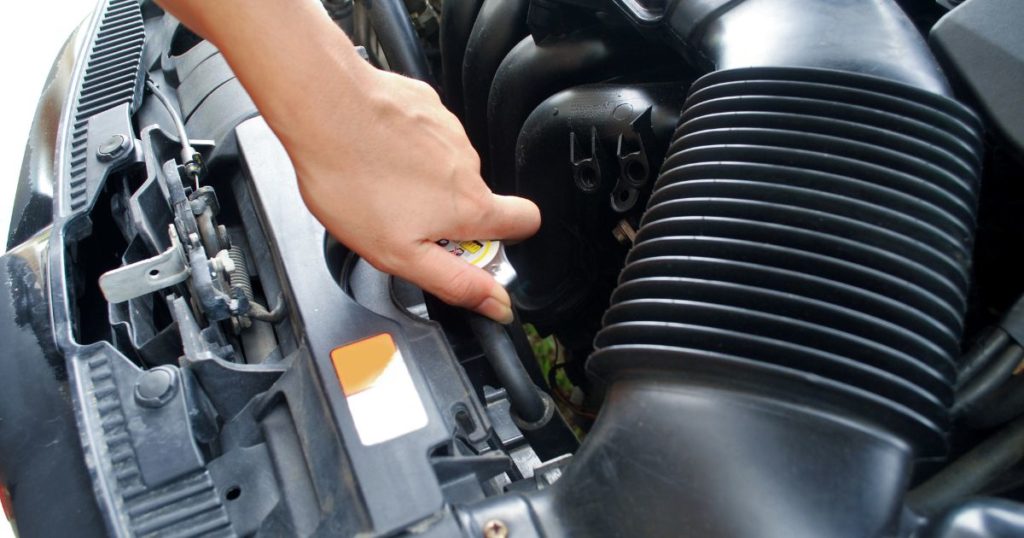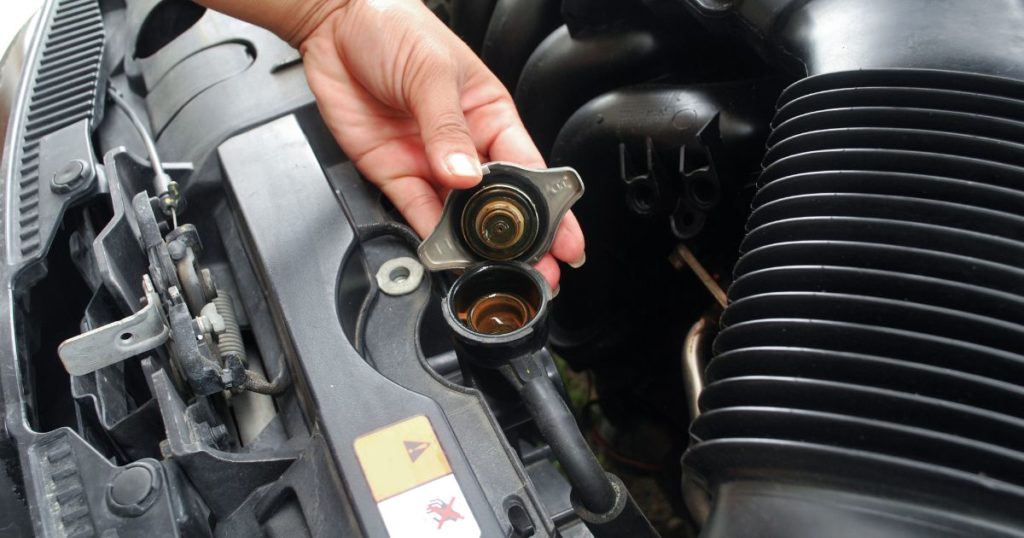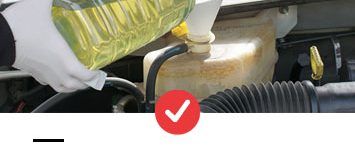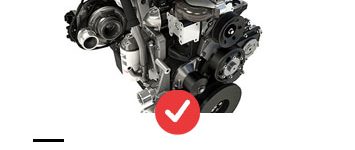Did you know that the modern-day engine cooling system hasn’t changed much from the cooling systems in the Ford Model T back in the 1920s? Indeed, they have become much more reliable and efficient. However, the basic components still consist of liquid coolant passing through the engine and out to the radiator. The hot liquid is cooled by the air stream coming in through the vehicle’s front grill.
Learning how the engine cooling system works is essential to maintain your car’s health. It generally prevents the engine from heating up or going toward self-destruct. Keep reading as we explore the concept of cooling systems in vehicles are their components.
Understanding How the Engine Cooling System Works

Two cooling systems are found in motor vehicles – an air-cooled and a liquid-cooled system.
The air-cooled engines are primarily limited to older vehicles like the original Volkswagen, Chevrolet Corvair, Beetle, etc. On the other hand, most modern automobiles, including trucks and motorcycles, use a liquid cooling system.
How Does an Air Cooling System Work?
In an air-cooled cooling system, the cold air blows instead of coolants to cool the engine. The aluminum fins cover the engine block and extract heat from the engine. The powerful fan pumps blow cool air through these fins to the moving engine. As a result, it circulates the air and keeps the engine cool.
The manufacture of an air cooling system is cost-effective. Also, this system is lightweight as the engine lacks a water jacket and other features. In addition, it has a minor maintenance requirement.
How Does a Liquid Cooling System Work?
In a liquid cooling system, a liquid pass through the engine instead of cold air. As the liquid flows in tubes and hoses through the engine, it absorbs heat. The heated fluid moves through the rubber hose attached to the radiator in front of the car. Then it is cooled by the air entering the engine from the grill in the car’s front end.
Once the fluid cools down, it returns to the engine to absorb more heat. This way, the cycle continues, and the fluid moves through hidden passages, thus cooling the engine.
The thermostat between the engine and radiator ensures that the coolant stays above the preset temperature. In case the temperature of the coolant falls below the preset temperature, then the thermostat steps in and blocks the liquid from flowing to the radiator. Then, it redirects the fluid to bypass directly to the engine.
The coolant continues with the cycle until it reaches the preset temperature. Afterward, the thermostat allows the liquid coolant to return to the radiator.
Key Components of an Engine Cooling System

To learn how an engine cooling system works, you should understand the critical components and their role. The key elements of an engine cooling system involve the following:
The Radiator
The key function of a radiator is to regulate the heat in a vehicle’s engine. Radiators are made of aluminum and have several small pipes with fins attached. They control the heat in hot water and transfer it from the engine to the ambient air.
Radiator Fans
These can be found on the back of a radiator on the side closest to the engine. A motor vehicle usually has one or two radiator fans responsible for directing the airflow in a car. These fans ensure that the air flows through the radiator even when the vehicle slows down or stops. If the radiator fans stopped working, the engine temperature would rise every time the car stopped. As a result, the vehicle will overheat.
The Water Pump
Another essential component to learn about when trying to understand how the engine cooling system works is the water pump. This device is made out of cast iron or aluminum and is mounted in front of the engine. It keeps the liquid coolant moving as the engine continues running. Water pumps are usually driven with the help of a fan belt, a timing belt, or a serpentine belt.
The Thermostat
A thermostat is a valve located in front of the engine. It is typically responsible for measuring the temperature of the coolant. If the coolant is hot enough, the thermostat opens and allows the coolant to flow through the radiator. However, in case the temperature of the coolant is less than the preset temperature level, the thermostat blocks the flow to the radiator. This redirects the fluid returning it to the vehicle engine. The bypass system allows the engine to balance the temperature and avoid potential hot spots.
Radiator Pressure Caps
Another yet vital component is the radiator pressure caps. These prevent the engine’s coolant from boiling every time the radiator overheats. Since liquids expand when they get hot, pressure caps allow the coolant to escape the tank when it expands. This will maintain the amount of coolant in the radiator.
Additionally, the radiator pressure cap also prevents air trapping in the system. Failure to do so can lead to poor cooling and even cause corrosion to the cooling system components. The radiator pressure caps are crucial for the proper working of an engine and should be inspected and replaced if the need arises.
Coolant Temperature Sensors
As the name suggests, the coolant temperature sensors observe the engine’s temperature. Afterward, it delivers the necessary data to the temperature gauge to control the cooling fan’s speed. This data is then used to manage the fuel injection rate. Also, it manages the engine ignition timing, thus leading to improved vehicle performance.
Other Components
In addition to the above-mentioned vital components, an engine cooling system also consists of the following:
- Freeze plugs: these are steel plugs designed to seal the openings and the cylinder head created during the casting process.
- Timing heads and cover gaskets: these cover major engine parts. They prevent the oil from mixing with the anti-freeze or the cylinder pressure.
- Hoses: Your standard vehicle engine also consists of rubber hoses connecting the radiator to the engine. Liquid coolant flows through these hoses. However, since they are made of rubber, you should replace them regularly to avoid any possible leaks.
- Radiator overflow tank: These plastic overflow tanks are fitted next to the radiator. They have an inlet connected to the radiator and one to the overflow hole.
Conclusion
Learning how the engine cooling system works is crucial to maintaining your car’s health. The cooling system is one of the most critical parts of a vehicle. It eliminates extra heat from the engine and protects it from overheating. The system extracts heat from the engine and delivers it to the heater to heat the car cabin.
Finally, to better understand the working principle of the engine cooling system, you should familiarise yourself with the various parts like the radiator, fans, thermostat, coolant temperature sensors, etc.





